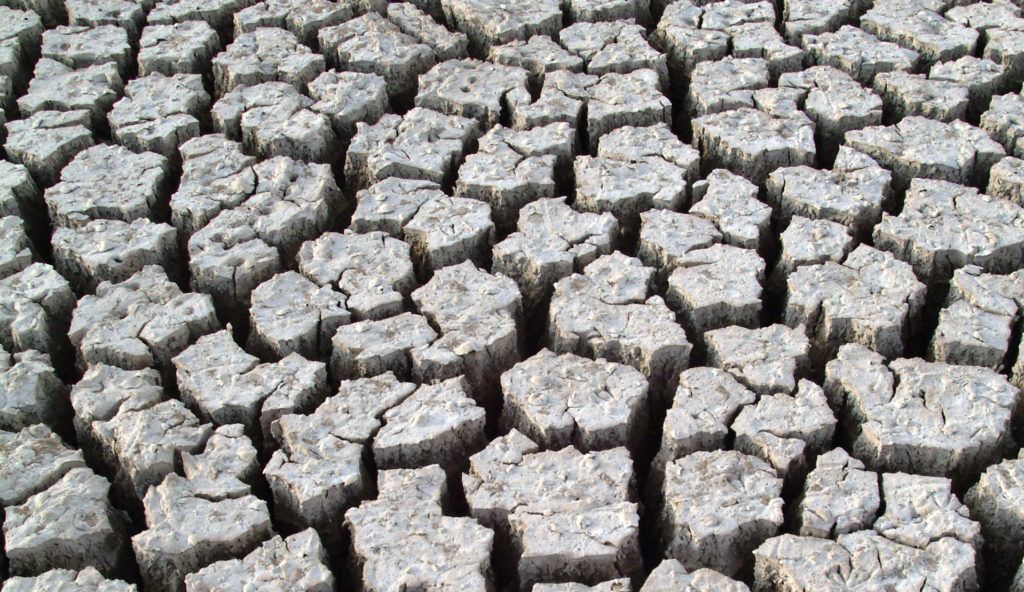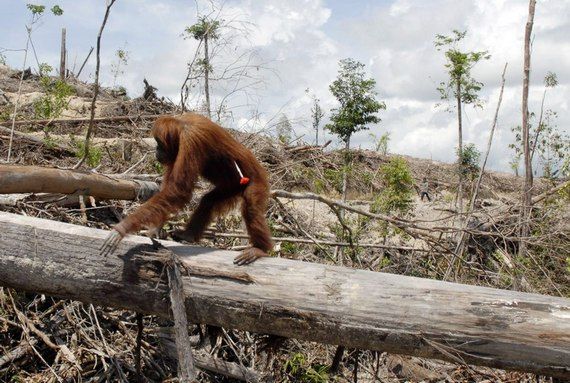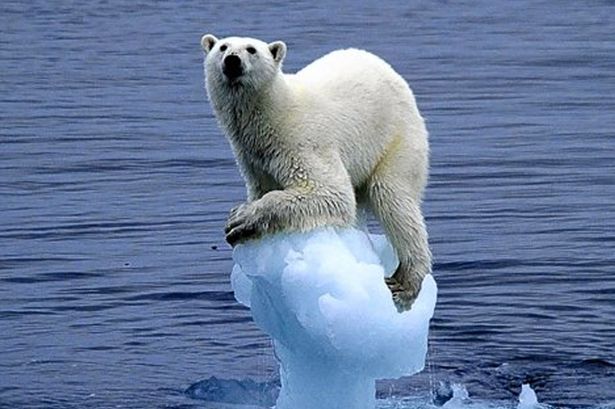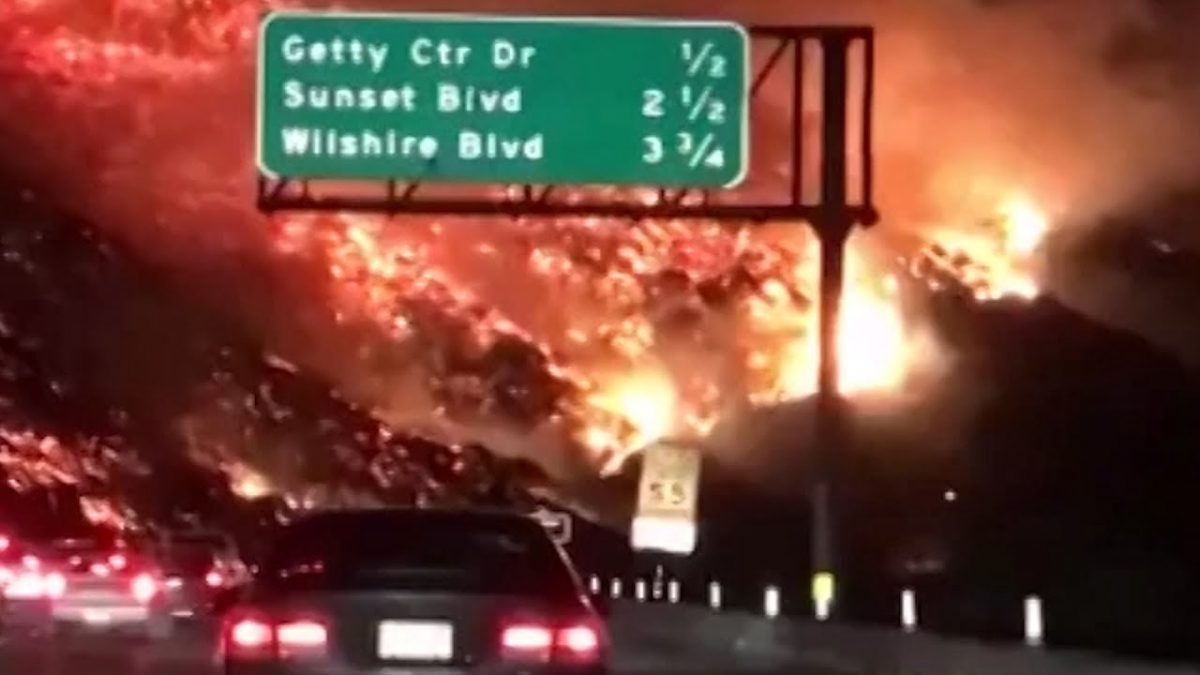How to Save the World
Share:

Why is the world dying? How has the atmosphere changed, and how is it changing still? What ways can we reduce greenhouse gas emissions? How long do we have to save the world from irreversible damage? The simple answer to that last one: just over a decade.
That is exactly why everyone needs to contribute to saving our planet; one person can’t do much, but if one more person recycles, or one more person walks to school, or if one more person reuses plastic, that one person could turn to the 7 billion people on the planet who are taking it for granted.

Why is the world dying?
There are 7 billion people on the planet, most of which have access to electricity, a car, or has in some way released greenhouse gases. Greenhouse gases are what traps and release the sun’s heat in the atmosphere; however, when the concentration of these gases is too high, that heat can’t escape.
Think of it as the world with a blanket: the blanket is ok, but the more wool you add, the thicker the blanket gets and the warmer the planet gets. I know what you’re thinking, the extra heat is good – warmer weather, longer summers. And that is the exact excuse that politicians gave years ago to ignore the issue.
But no: the warmer the planet is, the worse it is for it. The ice caps will melt, leading to a rise in sea levels, and more severe flooding; and the more the ice caps melt, the more methane (an extremely strong greenhouse gas) is released from under them. The hotter it is, the more forest fires will occur; putting lives at risk. These are only a few examples of why climate change is a bad change. But all we need to do is stop adding wool to the blanket and even try to take some away. And to remove the metaphor, we need to stop releasing carbon dioxide into the atmosphere. Keep reading to learn how.
How has the atmosphere changed, and how is it changing still?
Millions of years ago, the Earth was not unlike Mars today: it was covered in volcanoes and the atmosphere was 95% carbon dioxide and 4% water vapour (1% trace components). The water soon condensed, dissolving the carbon, and falling as rain to form the first oceans. Some carbon was trapped in shells and in the ground, otherwise known as locked up carbon or fossil fuels (which is burnt today releasing carbon back to the air). Then 3.5 billion years ago the first plants were created and began to photosynthesise, taking carbon dioxide out of the atmosphere to do so.
This is roughly how the composition of the earth’s atmosphere came to how it is today: 78% nitrogen, 21% oxygen and 1% trace components. However, there are many things that the modern world does that are extremely bad for the atmosphere: deforestation reduces the rate of photosynthesis, meaning that less carbon dioxide is removed naturally, and takes place to get products like palm oil; burning fossil fuels releases locked up carbon back into the atmosphere; the more vehicles on the road, the more dangerous gases are released; more buildings waste energy from power plants that burn fossil fuels and many more.
Current atmospheric concentrations of CO2 are about 30% higher than they were about 150 years ago at the dawn of the industrial revolution. The concentration of CO2 in Earth’s atmosphere was about 386 parts per million (ppm), but is seeing a steady recent growth rate of about 2 ppm per year. This is bad.

What ways can we reduce greenhouse gas emissions?
There are so many little things that you could do, that make small changes to your daily life; that make huge differences to the world’s health:
- Recycling
- Reusing plastic bottles/ bags/ ect.
- Turning off the lights when you don’t need them
- Walking more/ driving less
- Less air travel
- Drive an eco friendly car
- Insulate and seal your home to waste less energy
- Use solar panels
- Eat locally produced and organic foods
- Eat less meat
- Spend less time in the shower
- Waste less water
- Whenever you can, advocate for clean alternatives to fossil fuels, such as wind, solar and geothermal
- Hand down clothes so they don’t go to landfill and create methane
- Participate in Earth Day – research to find out more
There are also many things that governments and larger organisations should act on:
- Ending deforestation
- Stop burning fossil fuels
- Limit cars on the roads and vehicle use
- Get rid of diesel cars
Global Warming is a huge issue that we have 11 years (2019) to tackle.
If we do not act NOW the planet will see IRREVERSIBLE DAMAGE.
It is a REAL issue that is even now TAKING LIVES.
Do something.
Because if everyone does something, one little thing adds up to 7 BILLION HUGE ACTS.
Do you want the Earth to have a FUTURE?

